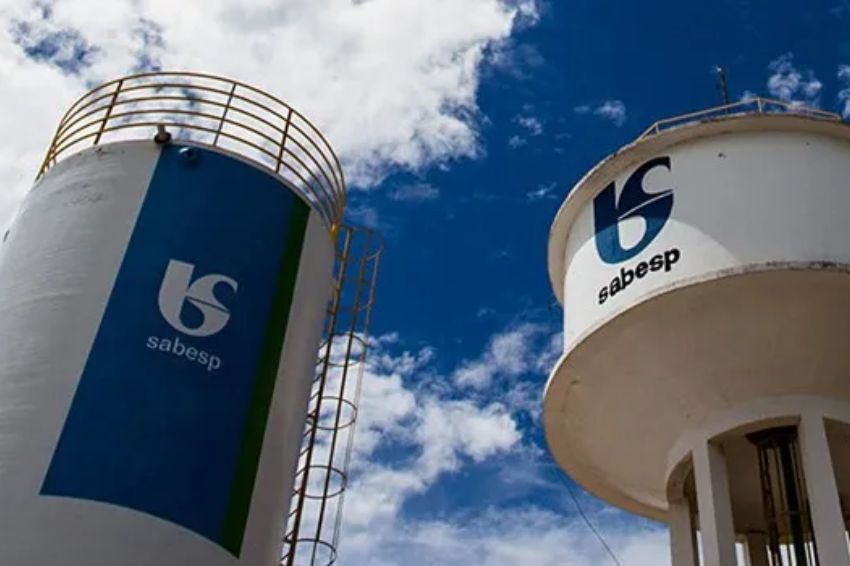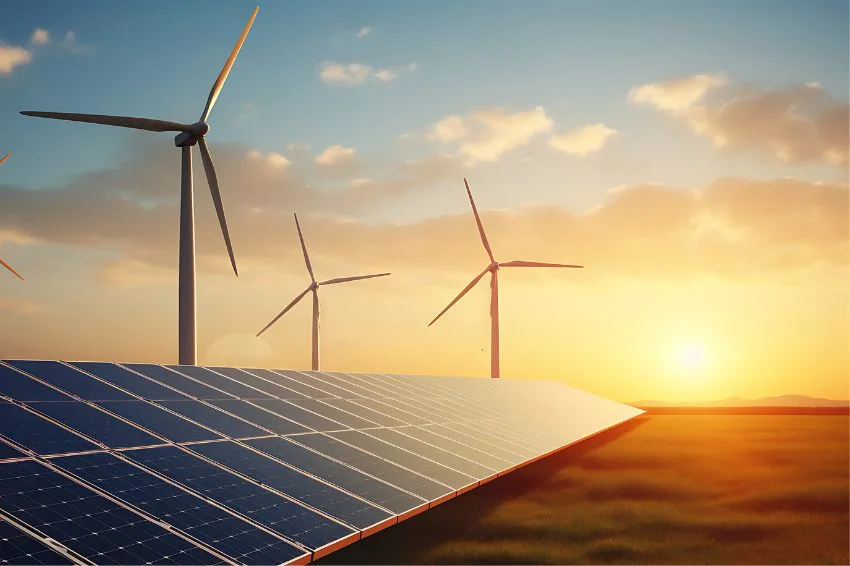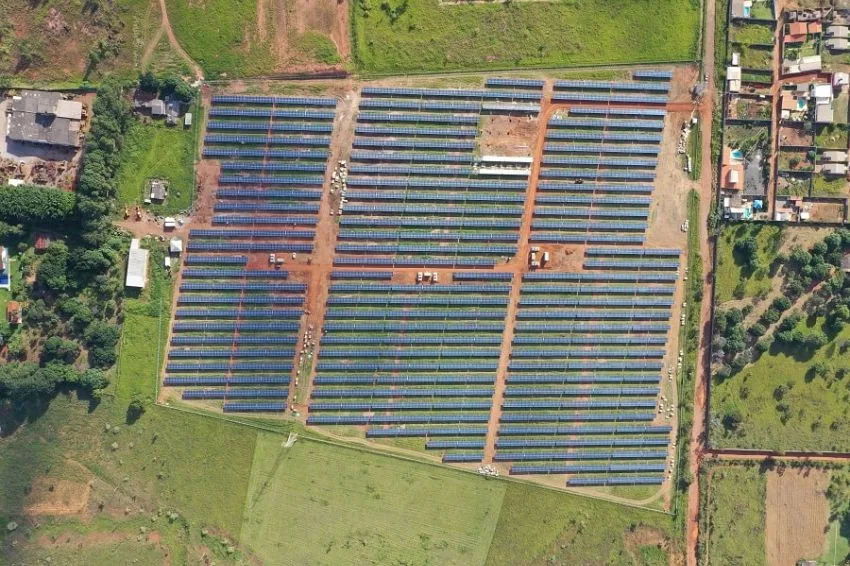A Sabesp (Basic Sanitation Company of the State of São Paulo) will invest around R$ 240 million in the installation of 34 new solar power plants with the aim of diversifying the company's energy supply.
The idea is to reach the mark of 43 solar projects of G.D. (distributed generation) by the end of 2025. Currently, the The company has nine photovoltaic plants in operation, which received investments of R$ 80 million.
Those generators should to meet most of the company low voltage consumption (around 60% of this segment) and, when fully installed, they should represent between 4% and 4.5% of the company's total consumption.
“We are diversifying the energy portfolio, which is one of the biggest operating costs for basic sanitation companies,” said Paula Violante, director of engineering and innovation at the São Paulo company.
With distributed generation plants alone, Sabesp expects to save energy costs of more than R$ 55 million per year. “Our goal is to reduce the Opex and improve the operation, make it safer, always comparing what options are available on the market and evaluating what we can add”, informed the director.
Other investments
In recent years, Sabesp has also sought to reduce its energy costs through other solutions, such as migrating supply to the Free Energy Market, which today already represents 65% of total consumption.
The sanitation company also intends to launch a tender later this year to contract a self-production, focused on generating renewable energy.
The final model of the notice is still being defined by the company, as is the estimated value of the investment. The estimate is to achieve own energy generation between 100 MW and 150 MW with the project.
In total, the goal is that, in five years, around 45% of the company's entire consumption will come from self-production and another 4.5% from distributed generation through solar photovoltaic plants.















